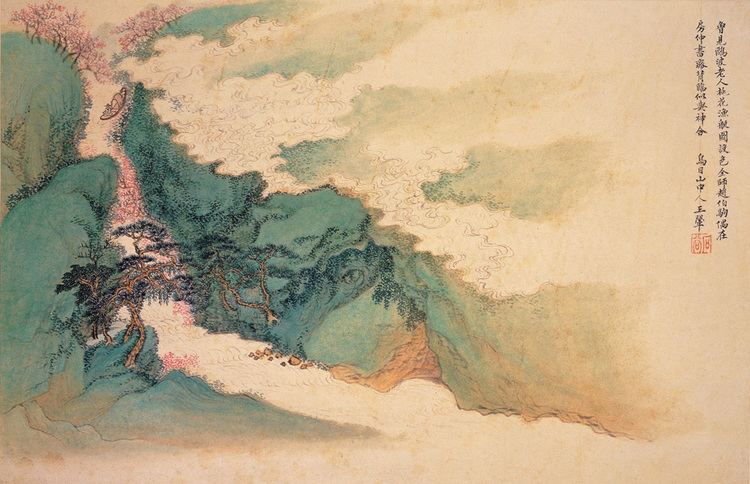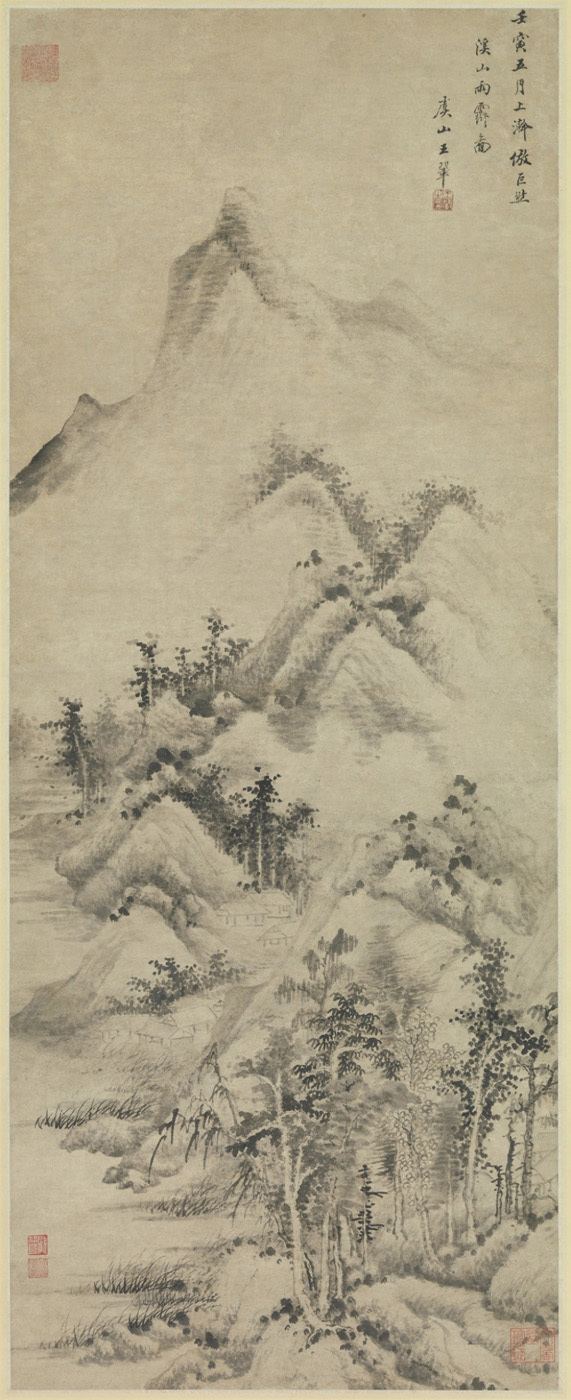Name Wang Hui | Role Painter Died 1717 | |
 | ||
Landscapes clear and radiant the art of wang hui part 1 of 3
Wang Hui (simplified Chinese: 王翚; traditional Chinese: 王翬; pinyin: Wáng Huī; 1632–1717) was a Chinese landscape painter, one of the Four Wangs. He, and the three other Wangs, dominated orthodox art in China throughout the late Ming and early Qing periods. Of the Four Wangs, Wang Hui is considered the best-known today.
Contents
- Landscapes clear and radiant the art of wang hui part 1 of 3
- Landscapes clear and radiant the art of wang hui part 3 of 3
- Biography
- References

Beijing, Shanghai and Taipei museums loaned works for "Landscapes Clear and Radiant: The Art of Wang Hui (1632-1717)" in 2008 at the Metropolitan Museum of Art in New York.

Landscapes clear and radiant the art of wang hui part 3 of 3
Biography
Wang Hui followed in the footprints of his great grandfathers, grandfather, father and uncles and learned painting at a very early age. He was later taught by two contemporary masters, Zhang Ke and Wang Shimin, who taught him to work in the tradition of copying famous Chinese paintings. This is most likely the reason why critics claim that his work is conservative and reflects the Yuan and Song traditions. One critic claimed that "his landscape paintings reflect his nostalgic attachment to classical Chinese aesthetics." Along with the other Wangs, Wang Hui helped to perpetuate the tradition of copying the ancient masters rather than creating original work.
